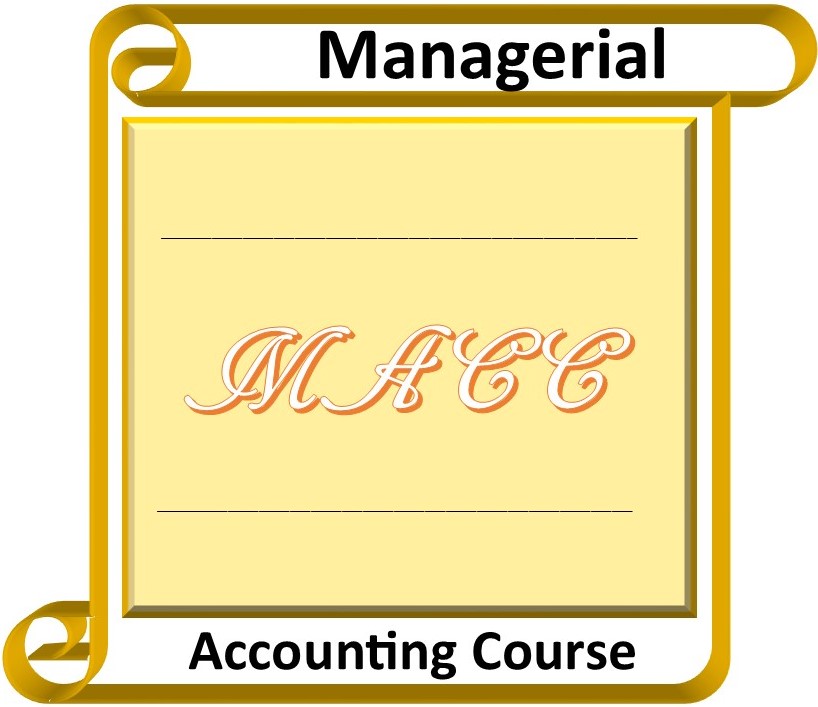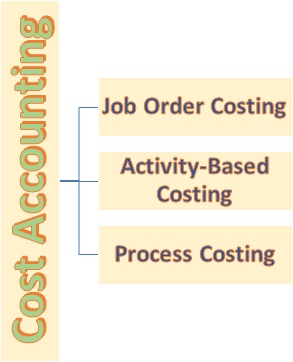Job Order Costing
The job order costing method involves determining the costs of all the three elements of the costing process (labor, materials and overhead). Job order costing allocates the costs in relation to the specific job or order where the cost of a given job or order is treated differently.The jobs or orders are given job numbers and the cost of each job number is calculated in terms of labor costs, material costs and overhead costs. These costs are then carried into the work in progress inventory, then into the finished goods inventory before they finally land into the cost of goods sold.
Job order costing method is appropriate for companies that produce unique or different products or services that are customized to a given customer and are not similar in nature. Some of the companies or sectors that use the job order coting method include accounting firms and hospitals.
How to account for Labor in Job order costing
Direct labor is usually wages and salaries paid to the workers who work directly in the production process. The total cost of direct labor is computed by multiplying the hourly rate/wage with the hours of production.When the costs are determined but not have been paid, the costs are credited, however, when the direct labor costs are paid to the employees, the account is basically debited
How to account for direct materials in Job order costing
The direct materials represent total costs of the raw materials bought. The total cost of raw materials is obtained by multiplying the quantity of materials by the cost of each material unit. Raw materials can be categorized as work in progress inventory or finished goods.In job order costing, costing is carefully done in stages to ensure work in a given stage is properly costed.
How to account for overhead costs in job order costing
Overhead are costs which are not part of direct labor or direct materials but are useful in the production of the given products or services. Overhead costs are calculated by using a pre-determined rate in relation to the estimated units. The overhead application rate is essential because overhead costs does not directly produce a certain number of units and hence are calculated using an estimated application rate.For example, managers may use labor hours to allocate overhead. In this regard they will divide the total estimated overhead costs by labor hours to determine the overhead application rate. Usually overhead costs are recorded on a debit account.
Example of Job Order Costing Problem - Scenario
PapaGeorge Manufacturers projects the costs of direct materials to be $60,000 and direct labor to be $50,000 for the current month. PapaGeorge Manufactures allocates its manufacturing overhead based on machine hours. During the current year, the company projects to utilize a total of 37,500 machine hours. PapaGeorge Manufacturers projects to incur a total overhead cost of $750,000 for the current year. The company projects to use 2,000 machine hours for the current month. What is the total manufacturing cost for PapaGeorge Manufacturers for the current month?
Solution - Job Order Costing Approach
Total manufacturing Costs = Direct Materials + Direct Labor + Overhead
= 60,000 + 50,000 + (2,000 × overhead application rate)
{Overhead application rate = Overhead Costs / Units in the Activity Base = 750,000/ 37,500 = 20}
Total Manufacturing Costs = 60,000 + 50,000 + (20*2000)
= 60,000 + 50,000 + 40,000
= $150,000

